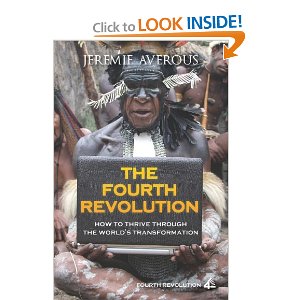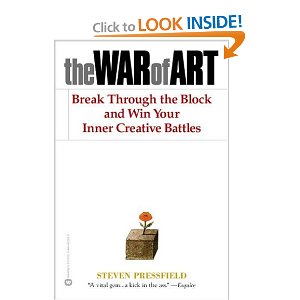I read this sentence in one of the long lists of principles sent by Robin Sharma from time to time. I’m not a great fan of Robin Sharma (in particular of his marketing strategy and the way he puts himself in the spotlight), but for once one of his sentences stuck.
Let’s read it once more:
Remember that a critic is a dreamer gone scared
When you think about it, this is so true. Often critics are people who would not dare to do what you are doing (or attempting). People who have been scared so many times, or had bad experiences trying to do things out of the box.
Nasty critics are those who have grown frustrated so much that their entire life is just filled with frustration and bitterness.
I don’t want to end up like a nasty critic of others. So, the best way is to overcome fear and do unconventional things. And understand what it takes.
Because be certain that fear will be there as soon as you try to deviate from the well-worn path of normality. Deep, moving, gut-wrenching fear.
What’s the solution? Ask yourself the question: What is the worst that could happen to me if it goes wrong?
Often, the risk is minimal (beyond the risk to appear ridiculous to others). Leaning into the fear, overcoming fear can be practiced. Lean into the fear and jump!
Wait – we can also help the nasty critics. Should they have the occasion to overcome their fear, once, to do something that matters, their life could be transformed. Ask them: What is the worst thing that could happen to you if you follow your dreams? And help them to follow through. That would be the greatest gift for them. And the world.






